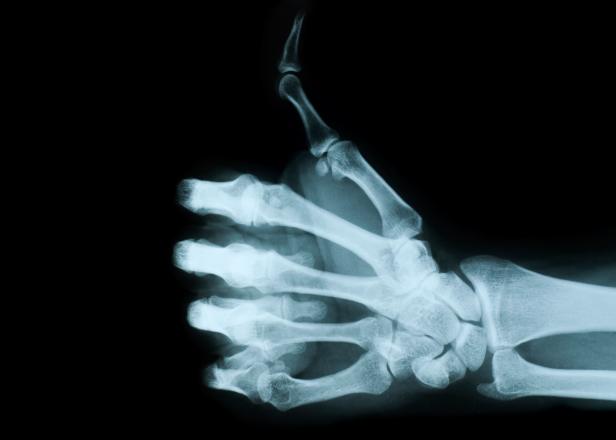Wrist injuries in golf are more common than many golfers realize, with issues such as sprains, tendinitis, carpal-tunnel syndrome, and fractures of delicate bones like the hook of hamate often occurring. The repetitive collisions between the golf club and turf, the hinging and unhinging actions during the swing, and the deceleration of the driver after impact all put stress on the wrists and surrounding soft tissues. It is important for golfers to take care of their wrists in order to prevent these injuries.
In the golf swing, the lead wrist should be in a neutral or bowed position before impact, while the trail wrist should be kept in an extended or cupped position. However, many golfers fail to maintain these positions and may experience wrist injuries as a result. Various downswing faults such as casting, scooping, and early extension of the body can add to the stress placed on the wrists. Grip strength also plays a role in wrist health, with professionals often having stronger grip strength than amateur golfers.
Lack of mobility in the wrist joint can also contribute to injuries, as tightness due to overuse or trauma can lead to a lack of flexibility and mobility. This can start a chain reaction up the arm, leading to pain and discomfort in the elbow and shoulder as well. To protect the wrists, golfers can perform a series of exercises to improve strength and mobility in the wrists. These exercises can help golfers maintain proper wrist positions during the swing and prevent injuries.
It is important for golfers to be mindful of their wrist health in all aspects of their daily lives, not just on the golf course. Simple activities like sleeping in odd positions or doing push-ups incorrectly can contribute to wrist injuries over time. By taking care of their wrists and performing the recommended exercises, golfers can reduce their risk of injury and improve their overall game.
One effective exercise for wrist strength and mobility involves using a short iron and performing radial deviation and ulnar deviation movements. Golfers can also work on pronation and supination of the wrist, as well as squeeze and touch each finger to the thumb to improve wrist and finger strength. Incorporating exercises with a kettlebell can also help improve wrist stability and strength, ultimately reducing the risk of injuries during the golf swing.
By paying attention to their wrist health and incorporating specific exercises into their fitness routine, golfers can protect themselves from common wrist injuries and improve their overall performance on the course. It is important for golfers to prioritize their wrist health and work on maintaining proper wrist positions throughout the swing to prevent injuries and play their best game.
